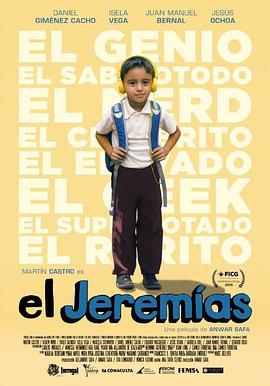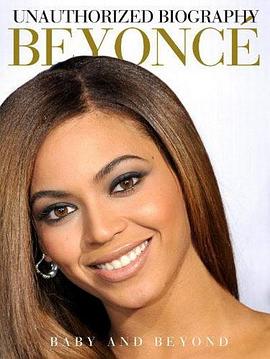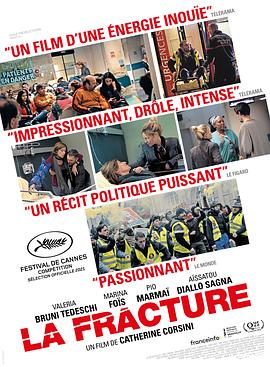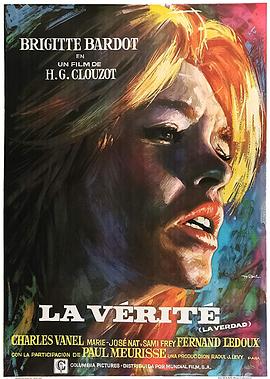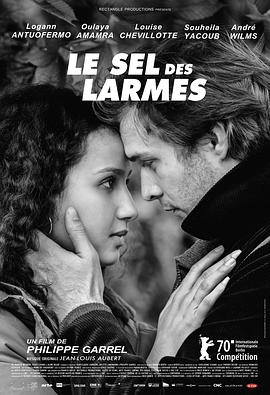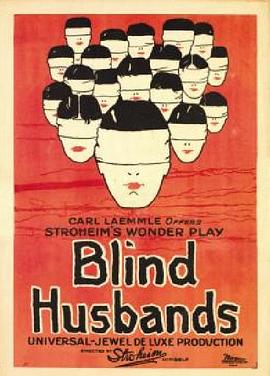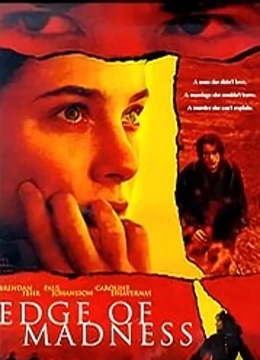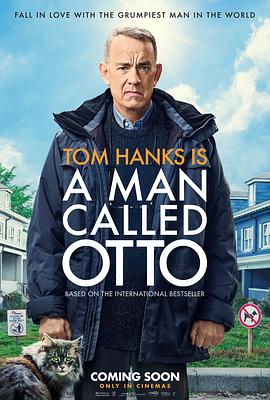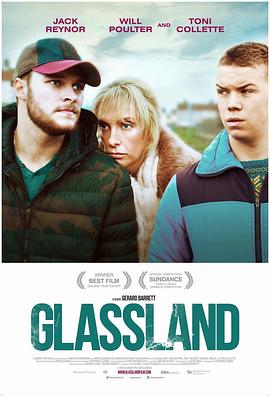-
备注:已完结
类型:喜剧片
主演:Martín Castro Karem Momo Ruiz Paulo
语言:其它
年代:未知
简介:这是一个关于没法适应生活环境的天才男孩的故事。尽管出生在一个贫穷且缺乏教育的家庭,他仍然努力去取得成功。小小年纪的他 却要做出人生中最艰难的决定——长大后干什么。 The story of a misfit and extremely bright little boy, after he finds out he's a genius, he struggles to succeed despite the ignorance and poverty of his family. And being only an 8-year-old boy, he has to anticipate the most difficult decision of his life What does he want to be when he grows up
-
备注:已完结
类型:剧情片
主演:Jonathan Cook Anthony Brigham Georg
语言:英语
年代:未知
简介:Platinum-selling singer, A-list actress and new Mom, Beyoncé Knowles is a superstar with no limits. From Destiny's Child to her relationship with Jay-Z - and birth of their baby Blue Ivy - she's become an ever-evolving woman who can seemingly do no wrong. Featuring exclusive interviews with her family and inner circle of friends, Beyonce Baby and Beyond provides an in-depth look at what drives this diva's passion for life!
-
备注:已完结
类型:剧情片
主演:瓦莱丽亚·布鲁尼·泰德斯基 玛琳娜·佛伊丝 皮奥·马麦 艾萨图·迪亚诺
导演:卡特琳·科西尼
语言:法语
年代:未知
简介:漫画家拉菲面临拉子婚姻危机,急于挽回偏偏摔断手送医。 然而危急的不仅是她的爱情,整个国家也濒临分崩离析。 外头镇暴警察棒打黄背心,院里过劳医护挥汗AED,闹哄哄的急诊室宛若法国社会缩影,各色人等一边看政治新闻斗嘴,一边哀嚎争论谁才值得优先关心。 在示威前线遭催泪弹炸伤的货车司 机,与为爱癫狂的拉菲相遇,两个背景迥异却同样失意的暴走沦落人,该如何在烟硝弥漫的医院里捱过动荡长夜,找回内心和平? 《美好时节》导演推出针砭时局的悲喜剧,不仅描绘女同志家庭,更剑指医疗体系及中下阶层民生问题。 意大利大卫奖影后华薇莉泰德奇在片中大飙演技,将失控的焦虑型依恋者演得神烦又令人怜惜。 当恋人之都烽烟四起,种种歇斯底里的背后,是困顿人生的哀鸣。
-
备注:已完结
类型:剧情片
主演:洛根·安托弗莫 欧莱雅·阿玛拉 路易丝·舍维约特 安德烈·维尔姆斯 S
导演:菲利普·加瑞尔
语言:法语
年代:未知
简介:卢克(洛根·安托弗莫 Logann Antuofermo 饰)是一名出身平凡的小镇青年,他只身一人前往巴黎求学,在那里邂逅了名为杰米拉(欧莱雅·阿玛拉 Oulaya Amamra 饰)的美丽女子,两人之间很快就发展出了一段浪漫的关系。实际上,卢克在老家有一个交往多年的女 友让娜(路易丝·舍维约特 Louise Chevillotte 饰),当卢克返回老家后,他和杰米拉渐渐疏远了,反倒是和让娜旧情重燃,不仅如此,让娜的腹中还怀上了他的骨肉。 一封录取通知书的到来意味着卢克必须离开让娜,返回巴黎继续深造,他抛弃了让娜,并且和一个名叫贝茜(Souheila Yacoub 饰)的女孩走进了一段新的关系中。被抛弃的杰米拉将整件事情都告诉了卢克的父亲(安德烈·维尔姆斯 André Wilms 饰),与此同时,卢克发现贝茜不是一个省油的灯。
-
备注:已完结
类型:剧情片
主演:萨姆·德·格拉斯 Francelia Billington 埃里克·冯
导演:埃里克·冯·施特罗海姆
语言:英语
年代:未知
简介:Two differences between this Austrian version and the generally available American version are immediately obvious they differ both in their length and in the language of the intertitles. The American version is only 1,883 metres long - at 18 frames per second a difference of some 7 minutes to the Austrian version with 2,045 metres. Whereas we originally presumed only a negligible difference, resulting from the varying length of the intertitles, a direct comparison has nevertheless shown that the Austrian version differs from the American version both in the montage and in the duration of individual scenes. Yet how could it happen that the later regional distribution of a canonical US silent film was longer than the original version The prevalent American version of Blind Husbands does not correspond to the version shown at the premiere of 1919. This little-known fact was already published by Richard Koszarski in 1983. The film was re-released by Universal Pictures in 1924, in a version that was 1,365 feet (416 metres) shorter. At 18 frames per second, this amounts to a time difference of 20 minutes! Titles were altered, snippets of action removed and at least one major scene taken out entirely, where von Steuben and Margaret visit a small local chapel. (Koszarski) From the present state of research we can assume that all the known American copies of the film derive from this shortened re-release version, a copy of which Universal donated to the Museum of Modern Art in 1941. According to Koszarski the original negative of the film was destroyed sometime between 1956 and 1961 and has therefore been irretrievably lost. This information casts an interesting light on the Austrian version, which can be dated to the period between the summer of 1921 and the winter of 1922. Furthermore, the copy is some 200 metres longer than the US version of 1924. If one follows the details given by Richard Koszarski and Arthur Lennig, this means that, as far as both its date and its length are concerned, the Austrian version lies almost exactly in the middle between the (lost) version shown at the premiere and the re-released one.A large part of the additional length of the film can be traced to cuts that were made to the 1924 version in almost every shot. Koszarski describes how the beginning and the end of scenes were trimmed, in order to speed up the film. However, more exciting was the discovery that the Austrian version contains shots that are missing in the American one - shotscountershots, intertitles - and furthermore shows differences in its montage (i.e. the placing of the individual shots within a sequence). All this indicates that Die Rache der Berge constitutes the oldest and most completely preserved material of the film.

